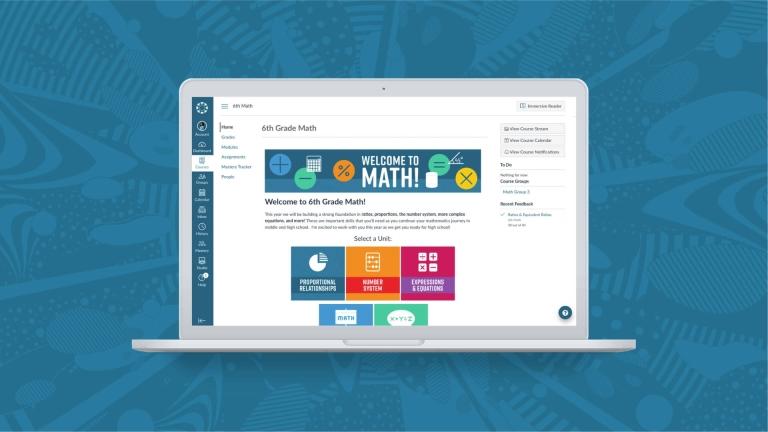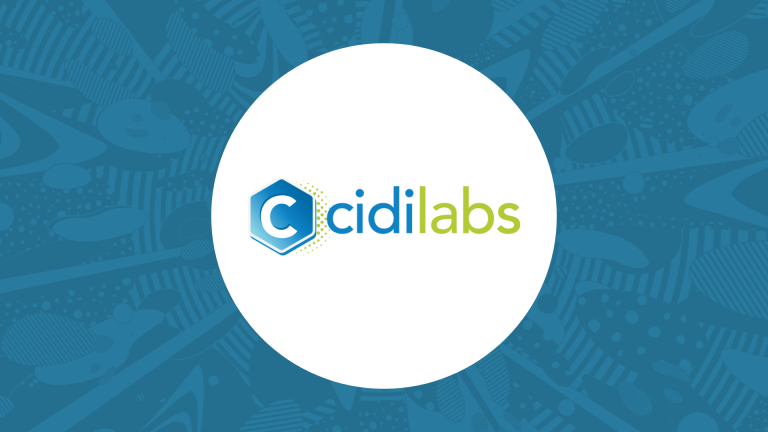
Successful technology implementation in schools isn’t just about great ideas or cutting-edge tools. It’s about assembling the right team to make thoughtful, student-centered decisions. With the right mix of perspectives, districts can ensure their technology investments truly benefit learning outcomes and are ones they will long reap the benefits of.
Beyond the Obvious: Key Players in Edtech Decision-Making
Most districts make a critical mistake when selecting educational technology: they limit the decision-making process to a narrow group of stakeholders. While this approach may be efficient, it often leads to missed opportunities and overlooked challenges.
The most effective strategy involves bringing a strategic mix of voices to the table, each offering unique insights and expertise.
Here are the key players who should have a voice:
District Leaders
Senior leadership plays a vital role in edtech decisions, not just because of their authority but also because of their ability to anticipate and navigate potential political or organizational roadblocks. Keeping them informed ensures alignment with the district’s strategic goals and avoids surprises that could derail implementation plans.
Title Program Coordinators
These specialists manage budgets tied to specific federal and state funding streams, such as Title I or Title IV programs. Their expertise ensures that technology investments align with budgetary restrictions and maximize available resources. Including them early can prevent costly missteps and funding reallocation headaches.
Librarians
Modern librarians are more than custodians of books—they are champions of technology, equity, and accessibility. Their deep understanding of digital resources, copyright laws, and user accessibility makes them invaluable in selecting tools that work for all students. They’re also often the first to spot trends in technology adoption and usage within schools.
Influential Teachers
Not all teachers need to be involved in the decision-making process, but including a few strategic voices is essential. Look for frequent technology users who can provide practical insights and peer influencers who can champion new tools among their colleagues. Their classroom perspectives help ground decisions in real-world applications.
Technology Partners
Edtech vendors and consultants bring valuable industry expertise. While they may have a vested interest in promoting their products, their knowledge of the rapidly evolving technology landscape can help districts navigate options and make informed choices. Partnering with the right vendors ensures districts stay ahead of trends without compromising their goals.
The Real Goal: Better Learning, Not Easier Decisions
Inclusion isn’t about inviting everyone to every meeting. It’s about intentionally selecting team members who can drive meaningful, student-centered technology choices. By focusing on diverse perspectives, districts can make better decisions—even if the process feels more complex.
To strike the right balance, define clear boundaries for your ideation process. Without structure, even the best ideas can get lost in endless discussion. Set clear objectives for each meeting, assign roles, and use decision-making frameworks to keep the process moving forward.
Involve team members at the right stage. Not every stakeholder needs to be involved from day one, but they should be brought in before critical decisions are made. This ensures their expertise is applied where it matters most.
Building effective edtech teams is about more than assembling a group of decision-makers; it’s about choosing the right people for the right roles at the right time. By involving a diverse mix of voices, districts can make thoughtful, impactful technology decisions that truly support student learning.
Want a deeper dive into building collaborative technology teams? Download your copy of building efficient edtech ecosystems eBook today.
Related Content
 Teaching-With-Tech-10-Benefits.jpg
Teaching-With-Tech-10-Benefits.jpgBlogs
 cidilabs.png
cidilabs.pngBlogs
 canvas_x_tg_logo_lockup_780_x_520.png
canvas_x_tg_logo_lockup_780_x_520.pngBlogs
